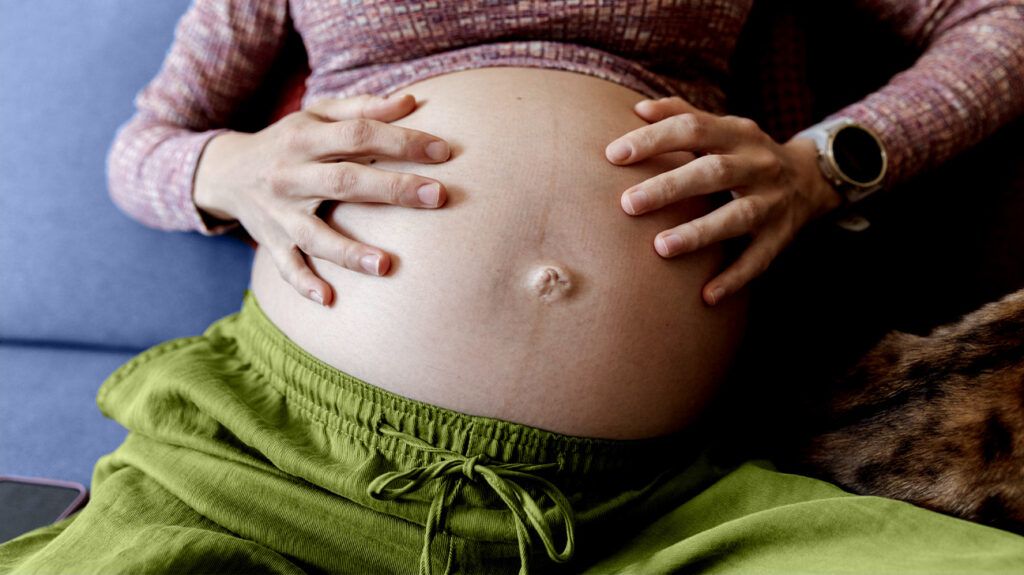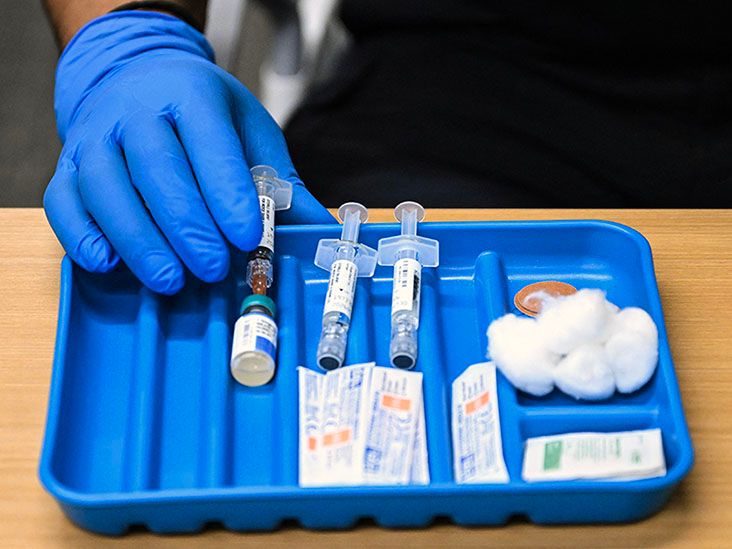An ultrasound can show if a pregnant person is having a girl, usually at around 20 weeks. Amniocentesis and other tests can also provide a definitive answer. There are also myths about signs a person is having a girl, but research does not support these.
Friends and family may point out signs of having a girl or boy, but most of these will probably be based on folklore rather than science.
An ultrasound at 20 weeks into the pregnancy is the most reliable way to tell a baby’s sex.

Some people believe that severe morning sickness is a sign of having a girl. Recent research also suggests that feeling ill during pregnancy may be linked to the baby’s sex.
A 2017 study found that pregnant individuals carrying girls experienced more inflammation when their immune systems were exposed to bacteria compared to those carrying boys.
This difference may impact the way people carrying girls experience morning sickness. They may feel more unwell than those carrying boys.
More research is needed to fully understand if there is a link between morning sickness and a baby’s sex.
Hormonal changes during pregnancy can often cause mood changes. Some people believe that individuals carrying girls have higher levels of estrogen and experience more extreme mood changes as a result.
However, research does not support this theory.
Hormone levels rise during pregnancy and fall after giving birth regardless of whether the baby is male or female.
It is natural for individuals to gain weight during pregnancy.
If a person gains lots of weight around the middle during pregnancy, some people believe this means the baby is a girl. They may also believe that gaining weight just in the front of the body indicates a boy.
However, scientific evidence does not back up this theory. Where a person gains weight during pregnancy generally depends on her body type.
Carrying the baby high is an often-repeated sign of having a girl. Despite its popularity, this has no scientific basis.
Where a person carries their baby may depend on their:
- body type
- weight gain
- fitness level
- muscle strength
Read about what to expect during pregnancy.
Food cravings during pregnancy are common. These cravings typically begin in early pregnancy and peak during the second trimester.
Some people believe if a person craves sugar, they may be carrying a girl, whereas salty cravings may indicate a boy.
There is no scientific evidence to suggest that food cravings during pregnancy can indicate the sex of the baby.
A person’s stress levels before they conceive may influence a baby’s sex.
A 2019 study on maternal prenatal stress found that pregnant individuals who experience physical and physiological stress are less likely to have a boy.
While in the general population, the male-to-female birth ratio is 105:100, the study found that the ratio in those who experienced psychological stress was 2:3 and the ratio in those who experienced physical stress was 4:9.
More research is needed to properly understand the link between stress and the sex of unborn babies.
Skin and hair changes are common during pregnancy. Many pregnant individuals experience worsening or new acne. This may be due to hormonal changes.
They may also notice changes in their hair and nail growth.
Some people believe that having oily skin and dull hair may mean an individual is carrying a girl.
However, this belief is not scientifically based.
Learn about skin conditions during pregnancy.
Some people believe that if the baby’s heart beats rapidly, they may be female.
However, research has debunked this belief. Most recently, a
Generally, individuals will receive an ultrasound between
During this scan, healthcare professionals check the infant’s overall health and development. They can also usually check the baby’s sex. Typically, this is fairly accurate. However, there are times when they cannot tell the sex or it is wrongly predicted.
There are other procedures a healthcare professional can perform to help determine the sex of the baby, including:
- amniocentesis
- chorionic villus sampling
- noninvasive prenatal testing
A healthcare professional will usually only offer these procedures if they are concerned about the health of the baby.
Learn more about procedures to determine the sex of the baby.
Pregnancy and parenthood resources
Visit our dedicated hub for more research-backed information and in-depth resources on pregnancy and parenthood.
Most anecdotal signs of having a girl are myths that are not based on scientific research.
Excessive morning sickness and preconception stress may mean it is more likely an individual will have a girl, but much more research is needed to understand fully how these factors influence a baby’s sex.
The most useful way to determine a baby’s sex is to ask during a second trimester ultrasound.

